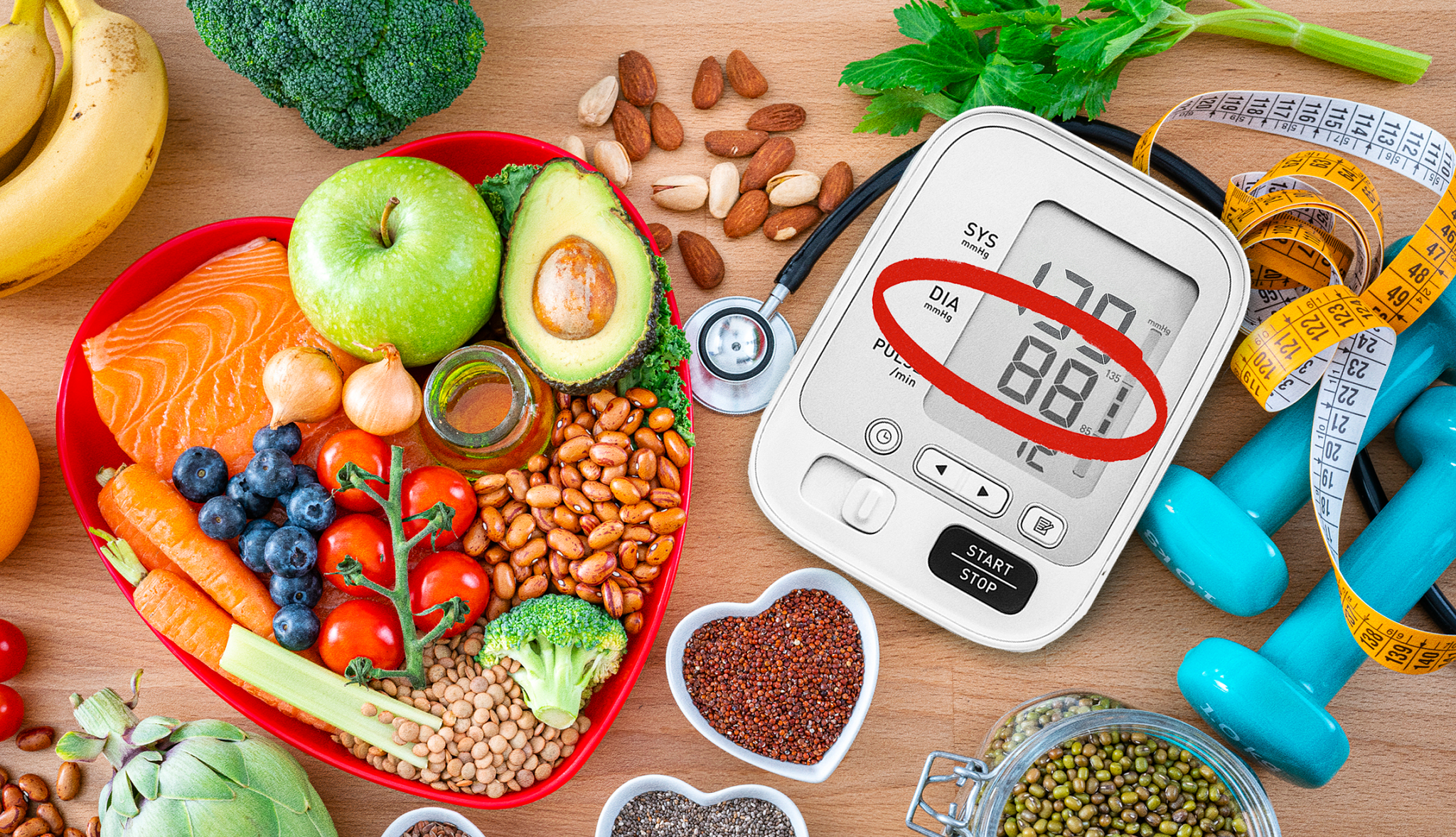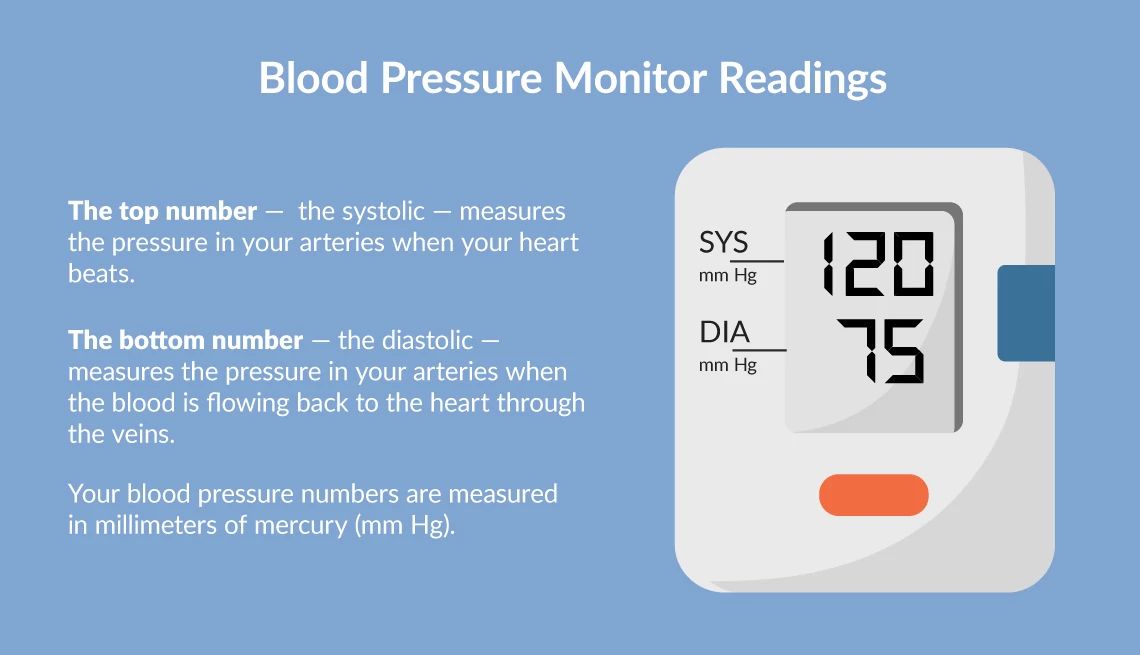AARP Hearing Center


In a typical scenario, when a person has high blood pressure – 130/80 or above, according to the latest guidelines – their top and bottom numbers are both elevated. Sometimes, just the top number, called systolic blood pressure, is high. But far less commonly, diastolic blood pressure – that bottom number – is high even when systolic blood pressure is not.
Called isolated diastolic hypertension, this affects about 6.5 percent of the U.S. population, according to a research review published in Frontiers in Cardiovascular Medicine.
“You rarely see that, but you do see it,” says Christian Koch, M.D., an endocrinologist and chief of the division of endocrinology, diabetes and metabolism at the University of Florida College of Medicine – Jacksonville.
Unlike general or systolic hypertension, where age is the number one risk factor, diastolic blood pressure may stay the same or get lower as people get older. One suggested reason for this is that while arteries tend to get stiffer and less elastic with age, often raising systolic pressure when blood is pumped into arteries, the same dynamic isn’t reflected in diastolic blood pressure, when the heart is relaxed (a phase called diastole).
A study of 233,437 middle-aged and older Chinese patients published in the journal Stroke determined that 8 percent of those 35 to 59 years had isolated diastolic hypertension, compared with 4 percent of participants 60 and older.
What causes diastolic blood pressure to be high?
A number of factors can raise diastolic blood pressure – whether in combination with systolic blood pressure, which is far more common, or not. For many Americans, obesity or being overweight has increased their risk for high blood pressure, including diastolic hypertension.
“Forty-two percent are obese, and another 30 percent or so are overweight. That brings us to [about] 70 percent who have not ideal body weight,” Koch notes. “What happens with increasing body weight is usually also increasing blood pressure – and the reason for that is you have various hormones getting out of homeostasis.” Put simply, they’re out of balance.


Koch frequently treats what’s termed secondary hypertension. That’s high blood pressure caused by another medical condition, such as diabetes or disorders related to the endocrine system, a network of glands and organs that make and release hormones into the bloodstream. (By comparison, with the more common primary hypertension, formerly known as essential hypertension, there’s not a single, identified cause of high blood pressure.) Some high blood pressure cases Koch treats involve isolated diastolic hypertension.
Research identifying what causes isolated diastolic hypertension versus isolated systolic hypertension or high blood pressure generally is limited. But a study published in the journal BMC Public Health finds that smoking and body mass index, which is used to determine if a person is overweight or obese, “were remarkably associated” with isolated diastolic hypertension rather than isolated systolic hypertension. The average age of the patients studied with isolated high diastolic blood pressure was around 55.




































































More From AARP
6 Blood Pressure Myths, Debunked
The truth behind the foods, drinks and habits that affect your numbers9 Best (and 8 Worst) Foods for High Blood Pressure
Help control your blood pressure numbers by watching what’s on your plate19 Heart-Smart Choices to Make Throughout Your Day
Treat your heart right morning, noon and night with these easy, research-proven, expert-endorsed ideas
Recommended for You